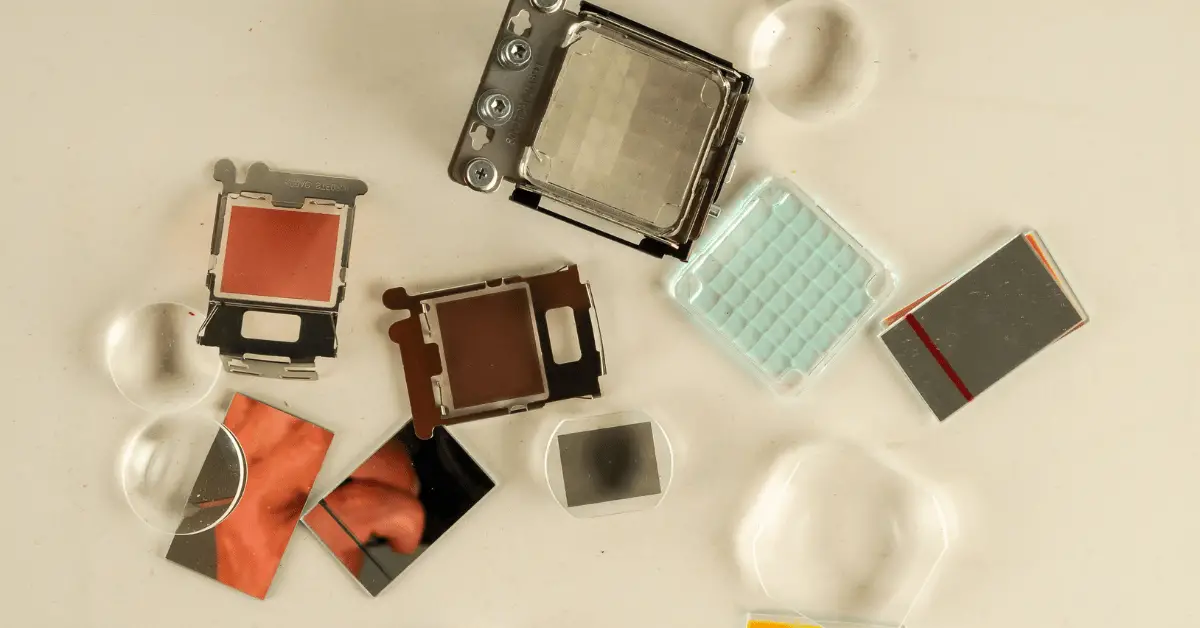Projectors have become an essential part of modern entertainment and business environments, providing a larger and more immersive display for movies, gaming, presentations, and more. However, understanding the different parts of a projector and their functions can be challenging for new users. In this article, we will explore the essential parts of a projector and their functions. By understanding these components, users can make informed decisions when selecting a projector and troubleshoot any issues that may arise.
Table of Contents
Parts of a Projector: A Comprehensive Guide
Projectors have become an integral part of modern entertainment and business environments, providing a larger and more immersive display for movies, gaming, presentations, and more. To understand how a projector works, it’s essential to understand its different parts and their functions. In this article, we will explore the essential parts of a projector and their functions.
1. Lamp
The lamp is one of the most important parts of a projector, responsible for providing the light that creates the image. Projector lamps are available in different types, including LED, LCD, and DLP, and have varying brightness levels and lifespans.
2. Lens
The lens is responsible for focusing the light from the lamp onto the screen, creating the projected image. Projector lenses are available in different types, including zoom, fixed, and short-throw lenses, and have varying levels of magnification and focus.
3. Color Wheel
The color wheel is a rotating disk that filters the light from the lamp to create different colors. Projector color wheels are available in different types, including three-color (RGB) and six-color (RGBRGB) wheels, and have varying color accuracy levels.
4. Imaging Technology
Imaging technology refers to the method used to create the image. The three primary types of imaging technology used in projectors are LCD, DLP, and LCoS. Each technology has its advantages and disadvantages, such as color accuracy, contrast ratio, and image resolution.
5. Cooling System
The cooling system is responsible for regulating the projector’s temperature, preventing overheating and damage to the device. Projector cooling systems are available in different types, including fans and heat sinks, and have varying noise levels and efficiency.
6. Power Supply
The power supply is responsible for providing the projector with the required voltage and current to operate. Projector power supplies are available in different types, including internal and external power sources, and have varying power ratings.
7. Control Panel
The control panel is the interface used to control the projector’s settings and functions. Projector control panels are available in different types, including physical buttons and remote controls, and have varying levels of functionality and ease of use.
8. Connectivity
Connectivity refers to the ability of the projector to connect to other devices, such as computers, gaming consoles, and audio systems. Projector connectivity options are available in different types, including HDMI, VGA, and USB ports, and have varying levels of compatibility and functionality.
What is the most important part of a projector?
The most important part of a projector is the lamp. The lamp is responsible for providing the light that creates the image. Without a lamp, the projector would not be able to function. The brightness and lifespan of the lamp are crucial factors to consider when selecting a projector. Projector lamps are available in different types, including LED, LCD, and DLP, and have varying brightness levels and lifespans. It is essential to choose a lamp that suits your needs, depending on the intended use of the projector. In addition, the lamp should be handled with care, as it is a delicate and expensive component that requires proper maintenance to ensure optimal performance. Overall, the lamp is the most important part of a projector, as it is responsible for creating the image and determining the overall quality of the viewing experience.
Conclusion
In conclusion, understanding the essential parts of a projector and their functions can help users make informed decisions when selecting a projector and troubleshoot any issues that may arise. The lamp, lens, color wheel, imaging technology, cooling system, power supply, control panel, and connectivity are some of the critical components that make up a projector. By understanding these components and their functions, users can select a projector that meets their specific needs and enjoy an immersive viewing experience.

